Costa Rica’s many tropical climate zones also include higher, cooler and, due to their special location, always humid forest areas. Here in the hills in the middle of Costa Rica’s two coastlines, we visit the Monteverde Biological Nature Reserve, which is particularly famous for its cloud forest.
A different kind of animal diversity
We set off early, shortly after 7 am we are among the first visitors to the park. The cloud forest is a nature reserve and is specially protected, but also particularly geared towards tourism. There is a choice of perfectly laid out paths, from wide and wheelchair accessible to narrow and hilly, but all very easy to do. We decide to do it all for ourselves! Therefore, we gradually walk most of the paths in the park. However, we are simply not trained enough – we can’t spot many animals on our walk through the park.
The almost four-hour walk through the forest is beautiful, but not a major highlight for us, as we have already seen other cloud forests and had hoped for more animal sightings.
Afterwards, we treat ourselves to some refreshments at the Café Colibri right in front of the park entrance. In keeping with its name, it attracts visitors with a hummingbird gallery. And they really don’t promise too much. At least 4 different species of hummingbird come to the hummingbird feeding stations and we can see them up close. The hovering, angular flight of the hummingbirds is fascinating! And the colorfulness of some specimens with shimmering purple feathers is a wonderful impression.
In addition to the hummingbirds, there are also monkeys in the trees above and coatis on the access road – we could have just sat in the coffee instead of walking the many paths.
Cloud forest in Costa Rica
A cloud forest is created by the fact that the trees, as the name suggests, are constantly in the clouds, or in fog when viewed from close up. This is the case here, as the clouds from the coasts accumulate on the chain of hills.
The moisture delivered condenses on all the fine structures such as the fine branches of shrubs or the tiny hairs of the moss on the trees. In this way, the cloud forest naturally creates its own rain. However, the weather on the day of our visit is almost too good for the cloud forest. We only see the fog right on the edge of the hill, the rest of the forest is covered with lots of moss and wet plants, but today the sun is shining in in many places.
As we are slightly higher than sea level in Monteverde, the temperatures are pleasantly cool – at least at night. During the day, 25° – 26° C with the constantly high humidity is also quite warm to make us sweat during the hike.
The village of Monteverde in front of the nature reserve is quite small and relatively densely built-up, so we can’t easily find a comfortable area for our Ben for more than one night. That’s why, after our visit to the cloud forest, we drive straight on to the next natural highlight in Costa Rica’s biodiversity paradise!
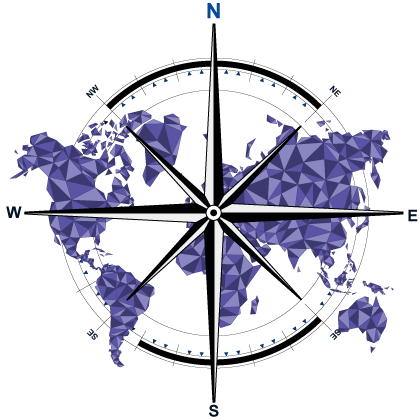
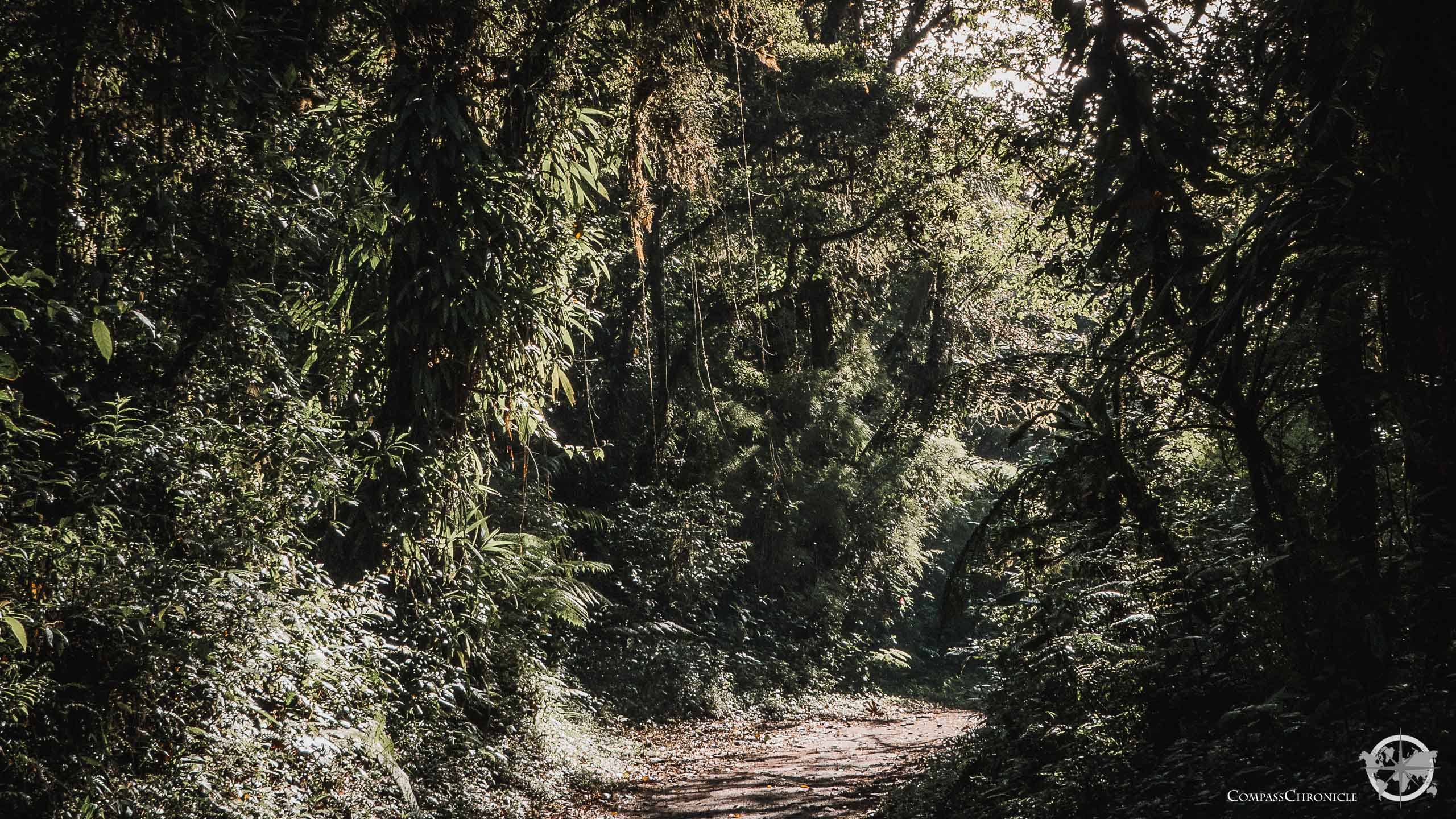
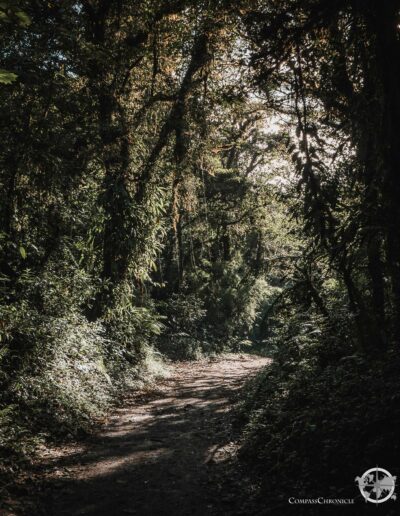
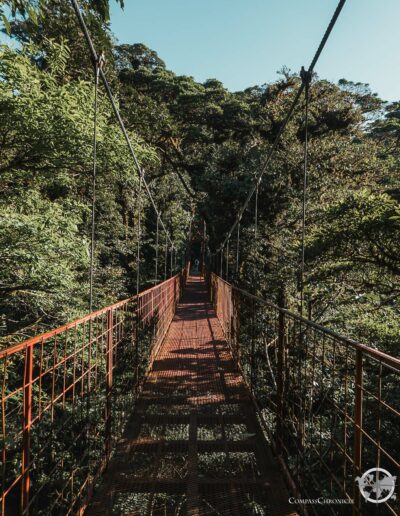
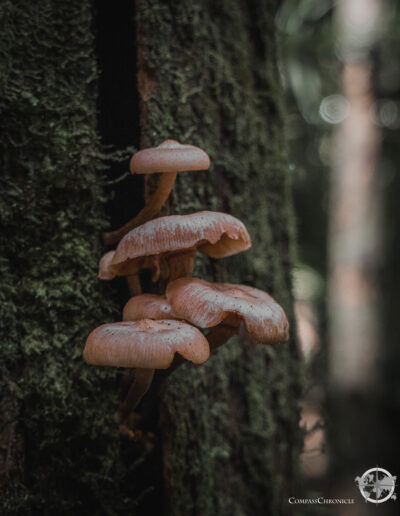

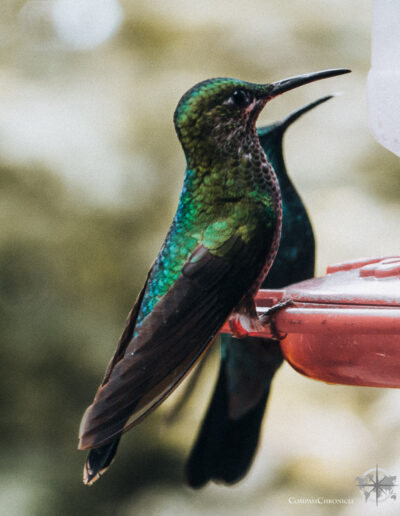
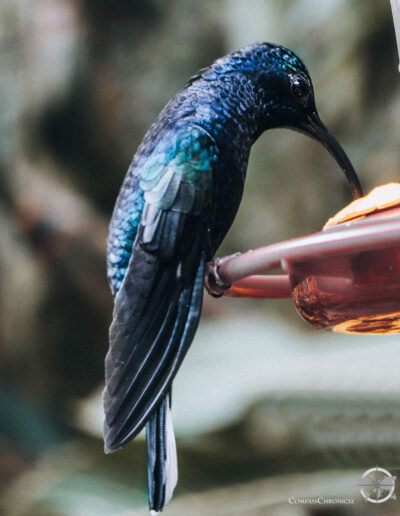
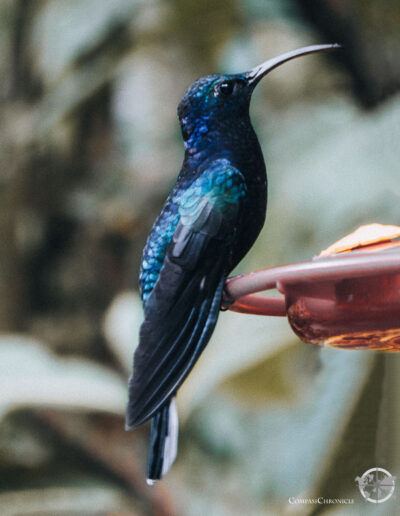
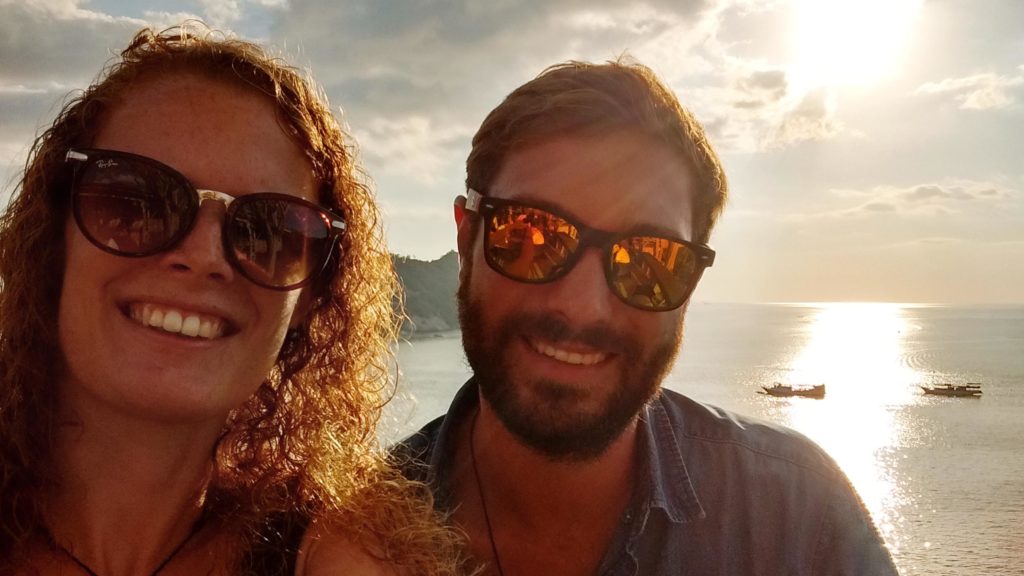
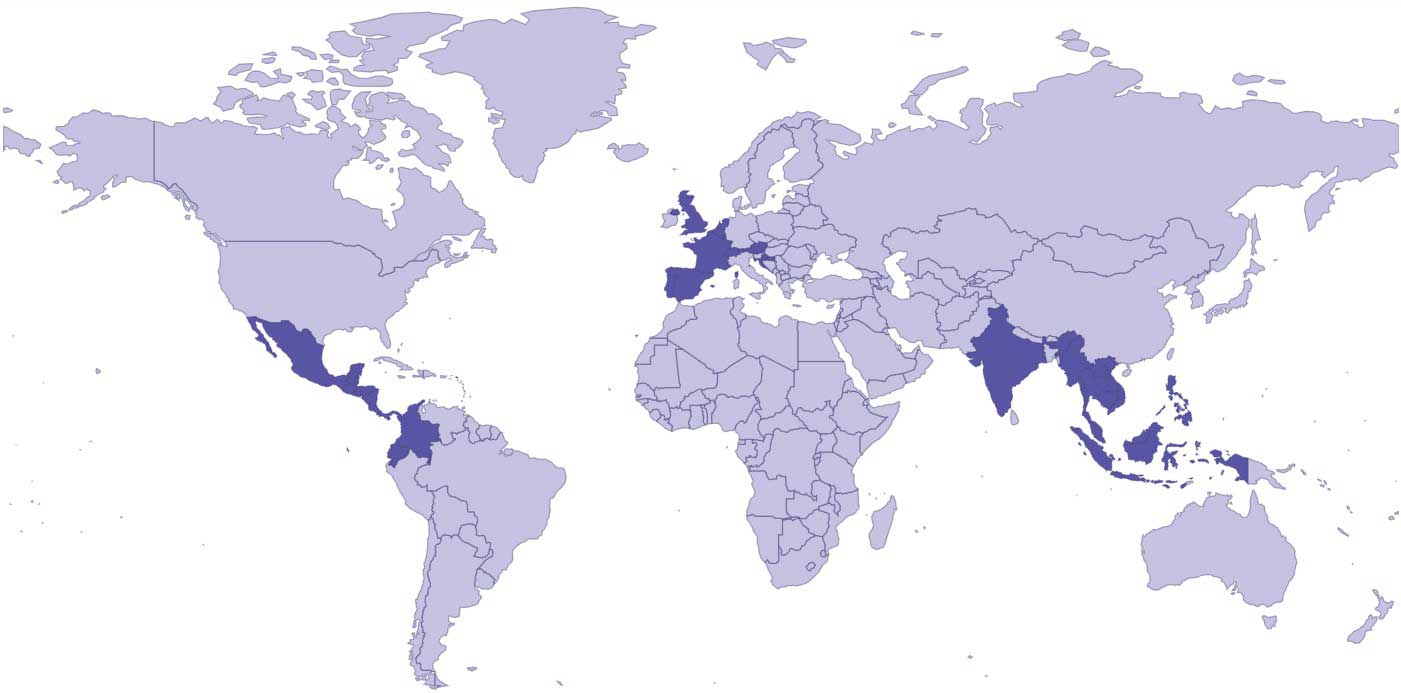
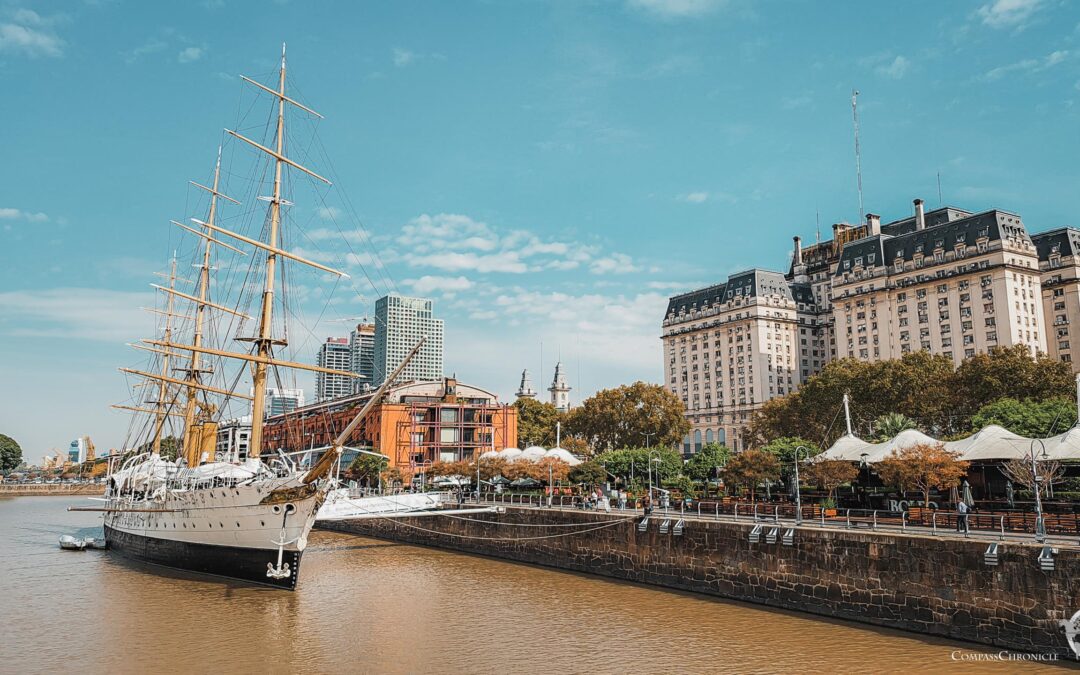
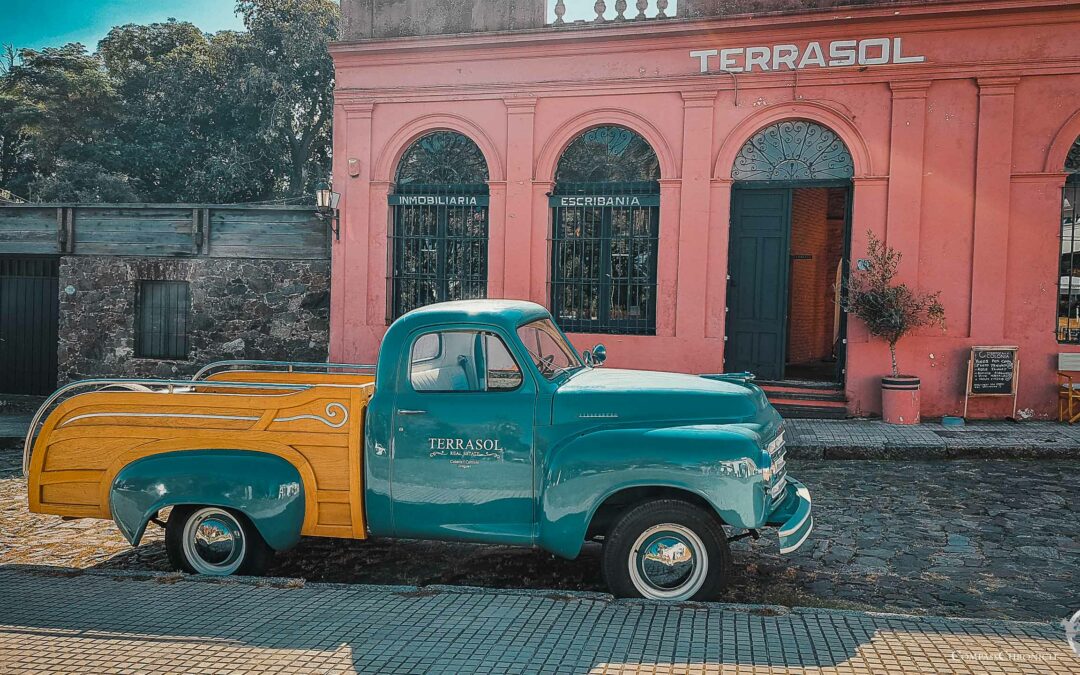
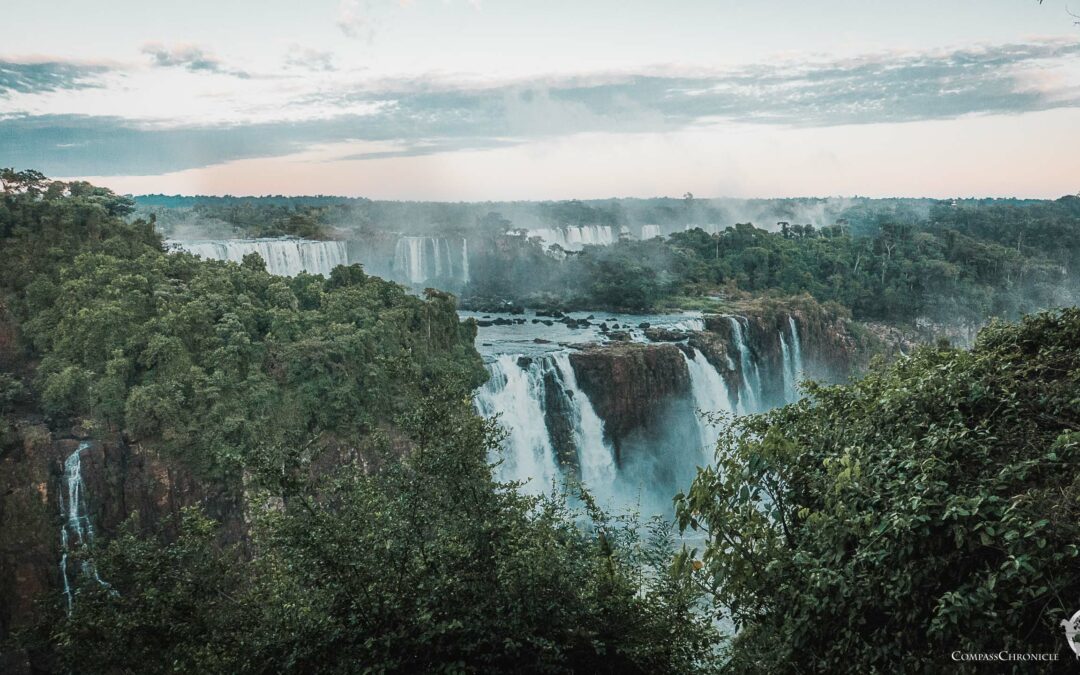
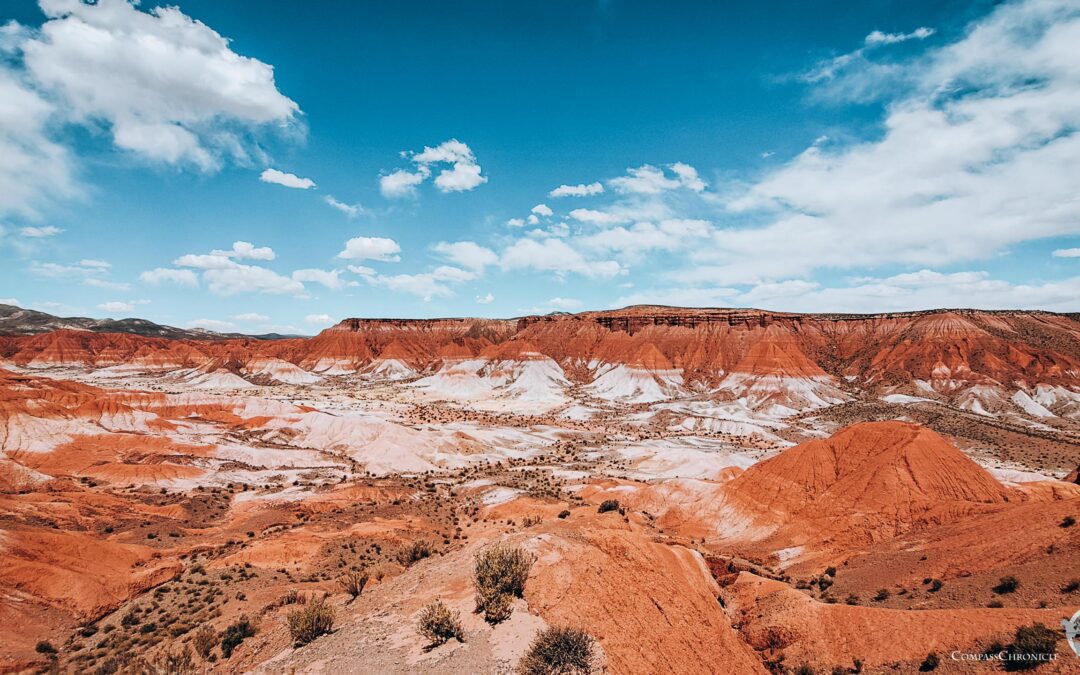
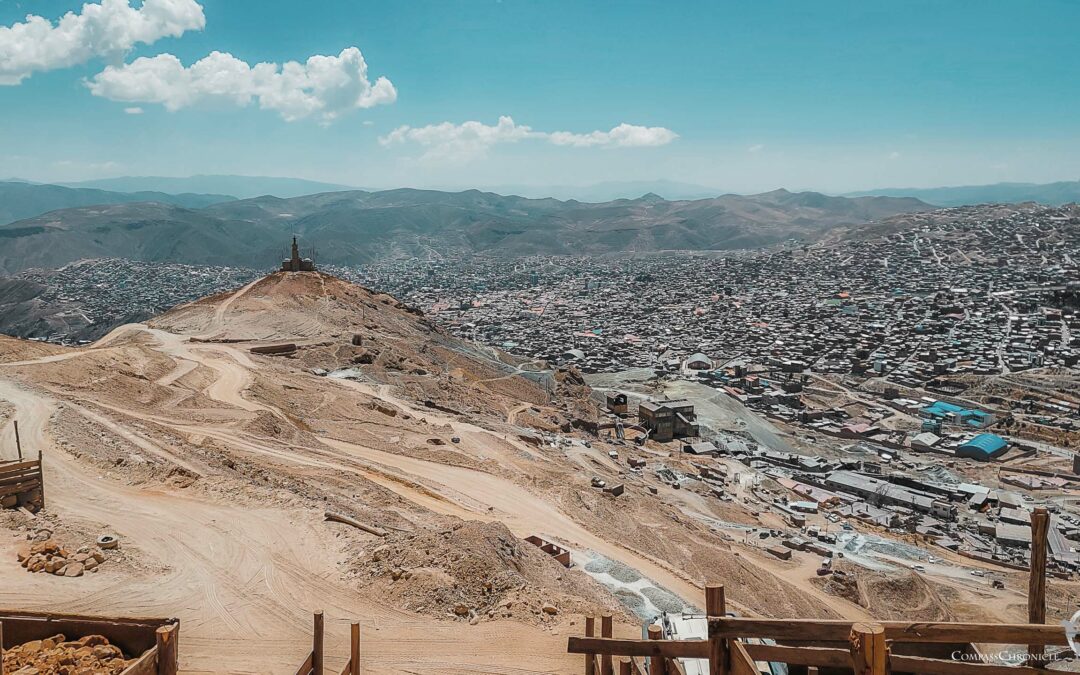
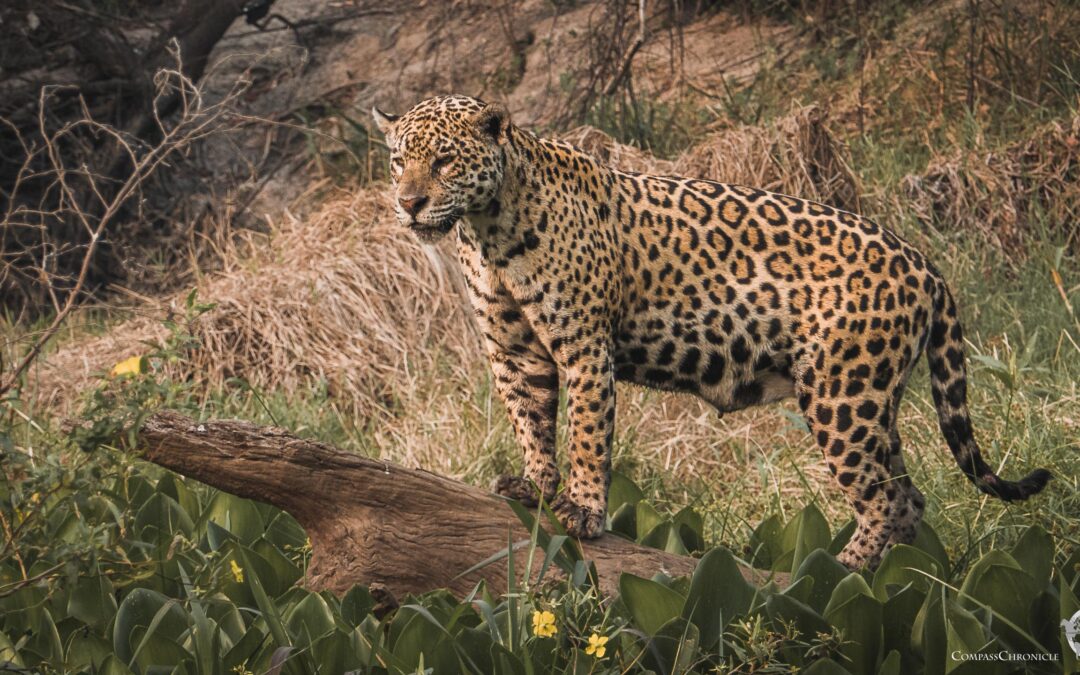
0 Comments